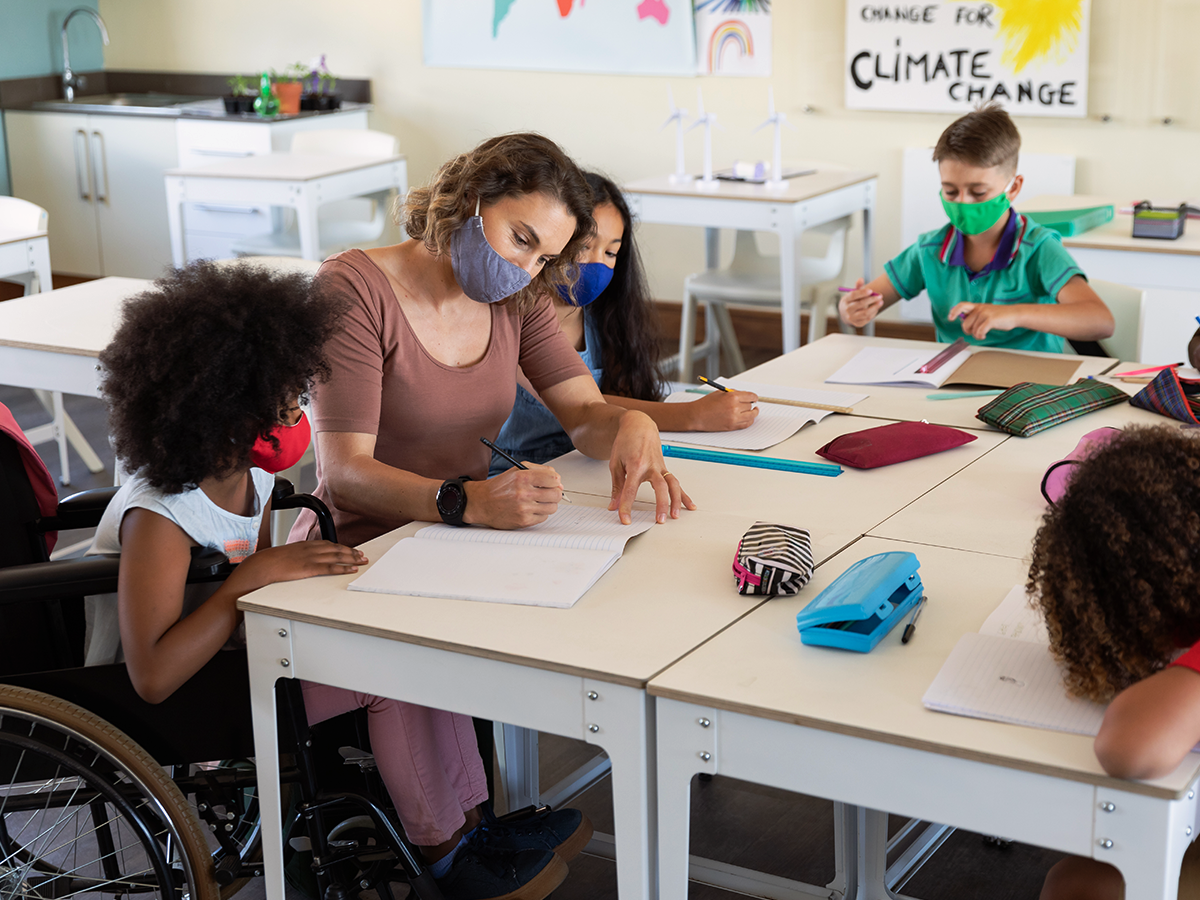Sped stands for “special education”. It is a term used to describe the education of students with disabilities. Special education is designed to meet the individual needs of students with disabilities and help them succeed in school and in life.
What are the different types of disabilities that qualify for Sped?
There are many different types of disabilities that qualify for Sped. Some of the most common disabilities include:
- Autism spectrum disorder (ASD)
- Learning disabilities (LD)
- Attention deficit hyperactivity disorder (ADHD)
- Intellectual disabilities (ID)
- Speech or language impairments (SLI)
- Physical disabilities
- Visual impairments
- Hearing impairments
How is Sped delivered?
Special education can be delivered in a www.giveabookok.com variety of ways. Some students with disabilities receive Sped services in the general education classroom, while others receive their services in a separate classroom or setting. The specific way that Sped is delivered is determined by the individual needs of the student.
What are the benefits of Sped?
Special education can provide many benefits for students with disabilities. These benefits can include:
- Increased academic achievement
- Improved social skills
- Increased self-confidence
- Increased independence
- Increased opportunities for participation in extracurricular activities
- Increased opportunities for employment
What are the challenges of Sped?
There are also some challenges associated with Sped. These challenges can include:
- Lack of funding
- Lack of qualified teachers
- Lack of understanding from parents and other community members
- Stigma associated with disabilities
How can I help my child with Sped?
There are many things that you can do to help your child with Sped. Here are a few tips:
- Get involved in your child’s education.
- Talk to your child’s teacher about their individual needs.
- Advocate for your child’s needs.
- Find resources in your community that can help your child.
- Be patient and understanding.
Special education is an important part of ensuring that all students have the opportunity to succeed. By working together, we can help all students reach their full potential.

